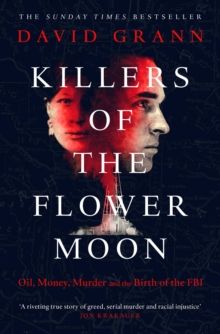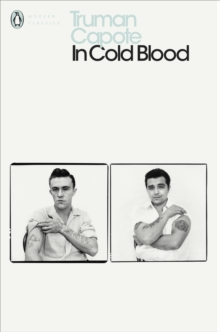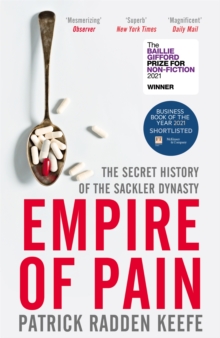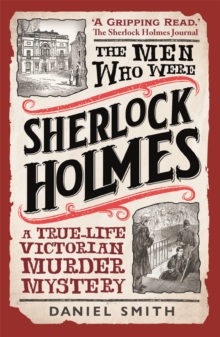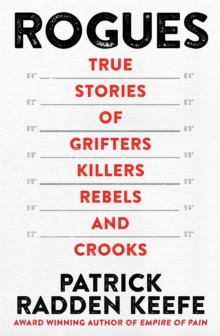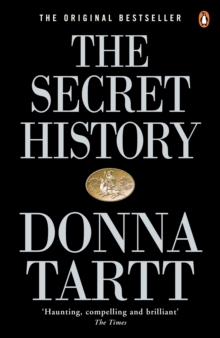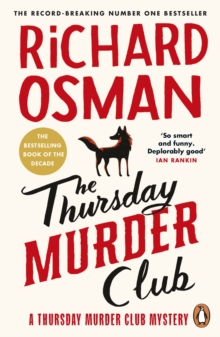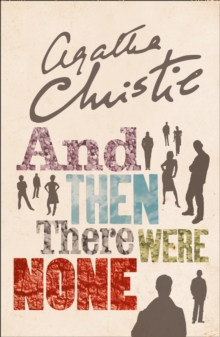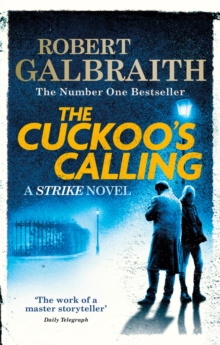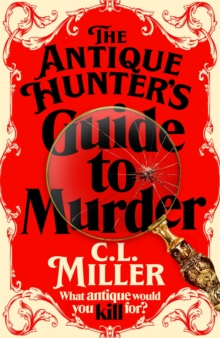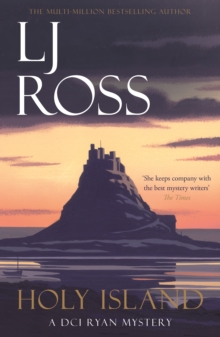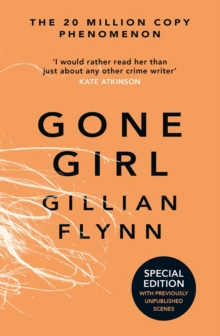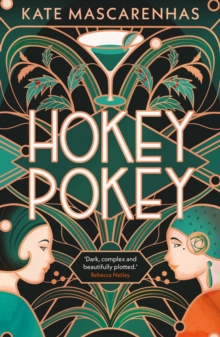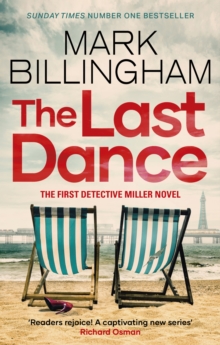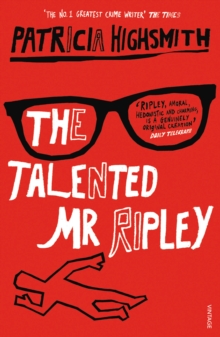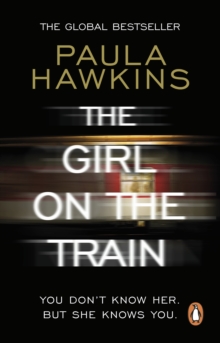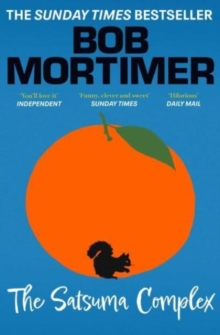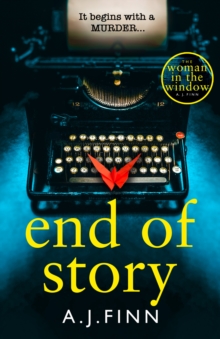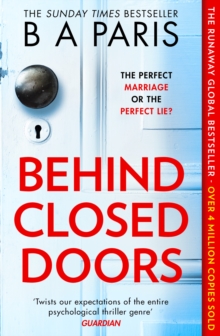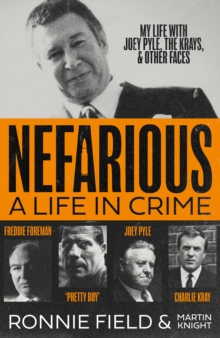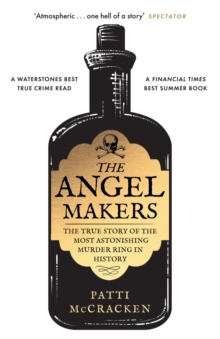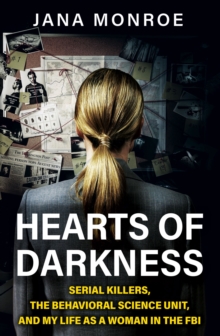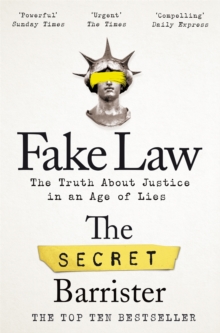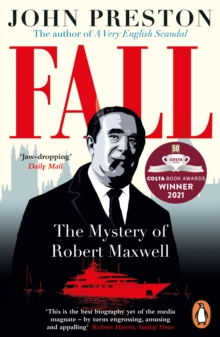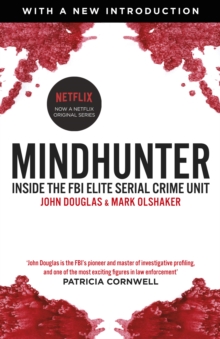Murderous books - the rise of True Crime
19th March 2024
Our fascination with crime stories has been around for many years, from Arthur Conan Doyle’s charismatic and unique character, Sherlock Holmes, solving the most perplexing of cases. While a good murder mystery - like Karin Slaughter’s Blindsighted, which introduces her gripping Grant County crime series - makes for an engrossing story, nothing enthrals us more than events that have played out in real life, like the award-winning book The Five which examines the victims of Jack the Ripper. This morbid curiosity about crime has led to a massive following for the true crime genre. Libraries and book shops around the world have shelves upon shelves of crime books but why and when did it all start?
The beginnings…
The morbid fascination with true crime began as early as the 1500’s, with the introduction of the printing press and gruesome crimes being reported in pamphlets and ballads. One such ballad is “The Gosport Tragedy or the Perjured Ship-Carpenter,” which was written in the 1560s. This particularly dark tale follows a carpenter who gets a woman pregnant, then on the pretence of marriage, arranges to meet her and then murders her. As literacy levels amongst the poor improved so did the number of pamphlets being published. These pamphlets reported particularly ghastly crimes and trial accounts which added to readers’ fascination with the macabre and the horror of the crimes being committed across their cities and towns.
In the 1800s, true crime moved to Penny Dreadfuls, essays, and detective stories. Penny Dreadfuls were a cheap way of exploiting and exaggerating local crime stories, exciting readers with gruesome tales of murder. Penny Dreadfuls were typically somewhere between 8 to 16 pages long and cost just a penny (hence the name Penny Dreadful). Crime reporting started to change the way these brutal crimes were depicted, now writing from the perspective of the culprit, victims and even the people that witnessed the terrifyingly violent acts.
In the early 19th Century the brutal and well-publicised Ratcliffe Highway murders (two attacks on two separate families that resulted in seven fatalities) and the Burke and Hare murders in Edinburgh preceded the first formal police department, the Metropolitan Police in 1829. At the same time, Francois Vidocq, an investigator known for his criminal past, published his famous book of memoirs. His memoirs influenced real-life police work, as police officers saw value in understanding the dark minds of criminals to gain better knowledge of such behaviours in future crimes.
As the 20th Century began, the advancement of transport and communication technology, enabled criminals to evade the law more easily, which in turn brought about the creation of the Bureau of Investigation in the US in 1908, (which would develop and be renamed the Federal Bureau of Investigation in 1935). The FBI was formed to deal with the most infamous of cases on a federal level, and introduced experts, FBI Profilers, who were used to detect and classify the personality and behavioural characteristics of an ‘unsub’ (unknown subject) based on the crimes they committed. Shows and books like Mindhunter delve into the sadistic minds of these criminals, and showed the beginnings of criminal profiling and behavioural science. The book Killers of the Flower Moon tells the story of the birth of the FBI and looks at one of their early major investigation, a chilling story of oil, power, murder and conspiracy which has recently been made into a blockbuster movie. Readers no longer rely on Penny Dreadfuls for details of crimes but turn to novels, like Truman Capote’s In Cold Blood which was published as a novel in 1966. In Cold Blood is a true account of a multiple murder in a small town in Kansas and its consequences – and is still a classic today as readers try and understand the motives and minds of criminals.
The term ‘Serial Killer’ only became a commonly used phrase in the 1970s; serial killing involves multiple incidents of homicide, committed in separate events and crime scenes, with a so-called cooling-off period between murders, which differentiated it from the term mass murder. From good looking and charismatic American serial killer Ted Bundy, whose atrocious crimes shocked a nation, to the British doctor whose victims numbered in the hundreds, serial killers have fascinated our dark need to further understand the minds of killers.
From Podcasts to documentaries to books, we are becoming a nation that is obsessed with crime, not just the crime itself but also understanding the police procedure and scientific processes involved. Shows like Silent Witness, Waking the Dead and CSI further fuelled people’s enthusiasm for understanding more about the methods of solving each case. Though true crime books are still published and read, most true crime is now consumed through television, streaming, and podcasts. Lockdown saw a further surge in the crime genre; a survey done by Nielsen Books found that the nation was reading more, with readers’ tastes changing to crime and thrillers. Tiger King on Netflix created a legion of new crime fans which further fuelled the fascination with true crime, I wasn’t the only one who eagerly read Joe Exotic’s tell-all memoir Tiger King when it published last year.
What and who is driving this obsession?
As humans we want to understand the darker side of our nature. To understand why people do the unthinkable to others. Whether it is nature or nurture that drives people to commit these heinous crimes, we as the readers find it fascinating to delve into the dark minds of criminals. Books like Making a Psychopath look at what truly makes a psychopath and examines the most disturbing cases throughout history.
My own obsession with crime started quietly with Agatha Christie novels following cases alongside Hercule Poirot and Miss Marple, quickly followed by my insatiable need to read grittier and darker crime novels by authors such as P. J. Tracy and Harlan Coben, often ones that shocked and raised questions of why. Maybe surprisingly, the ‘who?’ behind this sudden explosion in true crime is women. More reviews of crime books are written by women, and a study found that crime books were enjoyed more by women than men. The study consisted of reader reviews and a study of book choices that showed that women were more drawn to true crime stories than men. In recent years female protagonists have also stepped into the murderous spotlight with shows like House of Gucci and Griselda.
As a nation, we’ve long been fascinated by crime stories, and over the past few years the true crime genre has exploded. From Podcasts like Crime Junky and documentaries like World’s Most Evil Killers, where past cases are examined in forensic detail, to books about notorious murders and television dramas that bring to life the stories behind the shocking headlines, we seemingly cannot get enough of crime.
Sarah, Content Selection Team
Crime Fiction
See MoreTrue Crime
See More